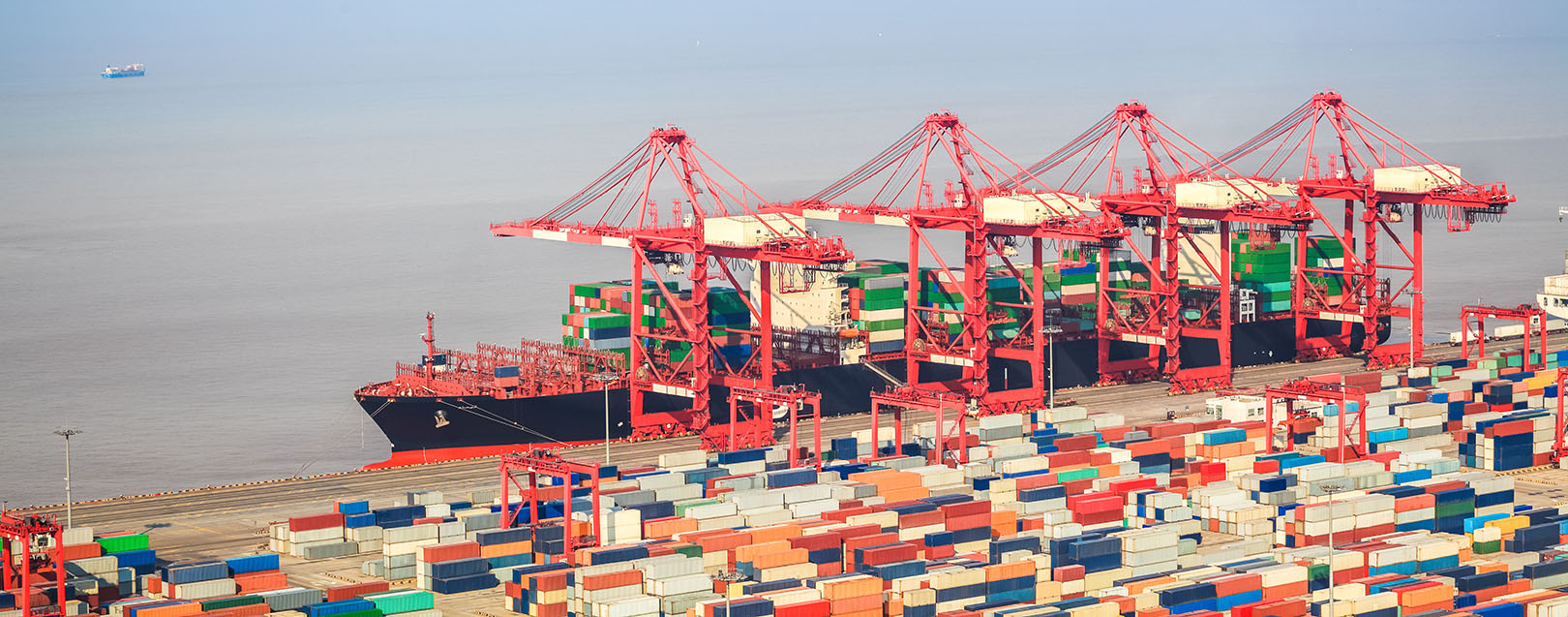
Exports to ASEAN stagnate while imports jump 33%
The Dollar Business Bureau
India’s exports to the ASEAN (Association of Southeast Asian Nations) have been stagnant at $25 billion since the start of its FTA with the 10-nation group in January 2010. Imports, however, have gone up over 33% to $40 billion since then.
This stagnation has raised an evident question mark over the utility of the FTA with the common market of south-east Asia, said an Assocham Paper.
Although the global slowdown has been one of the factors that have hindered the country’s exports expansion plan, the same factor hasn’t really hindered imports from the group.
From 2010-11 and 2015-16, the share of India’s total outbound shipments to the ASEAN has dropped to 9.6% from 10.3% since the FTA came into existence.
“The impact on increased imports may be even more pronounced on the conclusion of the current financial year since tariff is to be eliminated on as many more items as 800 under 1252 tariff lines. The tariff would have already been eliminated on 3,200 products under the Normal Track 1,” the paper revealed.
The India-ASEAN FTA consists of goods and services. “The agreement on goods was front-loaded, while services pact was back-loaded. The arrangement did not really help India. Given that Indian tariff levels are generally higher than tariffs of ASEAN, India has relatively less to gain from this trade in goods agreement,” said Sunil Kanoria, president, Assocham.
In goods, India’s average exports in agriculture are over 34% against 13% in ASEAN. India’s average MFN tariffs, however, for manufacturing goods are over 10% as against 7.5% for the opposite side.
The ASEAN-India Investment and Services Agreement was launched on July 1, 2015. Although the agreement is expected to favor India considerably, the domestic sector continues to be protected through strict regulations and several restrictive requirements.
“Reaching a consensus on liberalising domestic regulations for services licensing equivalence agreements are more time consuming and complex compared to tariff reduction modalities,” the paper added.

